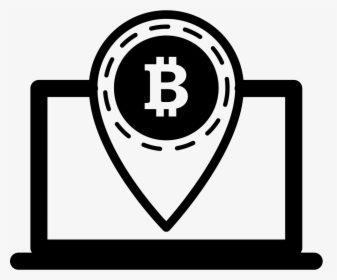
In the world of Web3, where the tangible often blurs with the intangible, remember this: Your community’s value isn’t just in what they give, but in what they represent
“You can fork code, but you can’t fork a community.” I wish I had come up with this gem of a saying. I use it extensively. I also wish I knew who to credit it to. Heard it on a podcast several years back, and it hit me like a ton of bricks.
2023 marks my 10th anniversary working in the blockchain industry — primarily in community and marketing. The number one lesson I have learned is how valuable communities are: how powerful they are, and how unique each one is. And, they’re the only reason your projects can become a success or failure.
You can replicate marketing plans, you can fork Github repos and you can poach developers and other professionals from your competitors. However, if there is one thing you cannot do, it’s copying and pasting a community — no matter how hard you try.
The community is not your client base
Over the years I’ve witnessed the tragic demise of several accomplished and veteran traditional chief marketing officers. I’ve witnessed great projects slam into a go-to-market dead end. Projects treating the community as a nuisance they are forced to tolerate, simply copying what others are doing and forcing it to fit in tend to not do well. They pretend to care for the community publicly while ignoring their value internally.
In Web2, you have customers and clients. You have sales targets and KPIs to meet. Your goal as a marketer is to convince people your product is better than the next. You know your client’s identity. You own their data. You grow your customer base through advertisement dollars. The communication is generally one-sided. You offload interactions onto Customer Service to deal with any complaints.
How to market to a Web3 crowd
It really is quite simple. You’re not selling anything. You’re raising awareness, and letting people figure out why you matter all by themselves. Don’t even try to convince anyone about anything. Your only KPI is to keep people interested.
It’s all about the mindset, acknowledging the radically different ethos and user behaviour compared to Web2. Respect the original broad stroke principles of the anarchic-cypherpunk manifesto that permeates between the lines of Satoshi’s white paper. If you didn’t understand this previous sentence, that is your core issue.
In Web3 you have users, not customers and clients. Together, they form a community. A community is like having a big family with new members every day. It is all about nurturing relationships with — for the most part — anonymous individuals on the internet. It’s about making friends with avatars who have a common interest. Treat everyone like they’re your best friend.
The code for many projects is open-source. Anyone can audit it. The community owns the project through token holding and governance. Your project’s wallets are auditable too. There is zero tolerance for foul play. The beauty lies in the eyes of blockchain explorers. Treat everyone with the same level of respect as you would the Internal Revenue Service. Radical transparency is key. “Don’t trust, verify.”
Understand you have subsets within your community with different interests, and become obsessively interested in each and every one of them. Treat every individual as a VIP, and cater to their individual needs.
“We’ll just throw money at the problem”
The last thing you do is spend from the prototypical marketing budget. It simply doesn’t work until you reach a critical mass of users when your community is thriving. Spend your energy fostering a welcoming and fun place for folks to congregate in. Invest in quality community managers rather than marketing leads. Word of mouth will vastly outperform any PPC or PR campaign.
User acquisition is easy. Retaining people is hard. Ask yourself, “What is it that makes people come back every day?”
This is your entire marketing strategy boiled down to one sentence.
Your community is not a currency, it’s a store of value
In the ever-evolving landscape of Web3, true value isn’t just tokens or coins that change hands. It’s the collective heartbeat of a community, the shared passion and vision that drives projects forward. Traditional marketing metrics and strategies fall short in this realm, not because they’re inherently flawed, but because they were designed for a different era — a different mindset.
Web3 is more than just a technological evolution; it’s a cultural renaissance. It’s a space where centralized hierarchies are flattened, and every voice, no matter how soft, has the potential to echo with impact. In this brave new world, the community isn’t just an audience; they’re co-creators, stakeholders and always the lifeblood of a project. They don’t buy a product; they buy into a vision, a dream and a promise of a decentralized future.
As we journey deeper into the Web3 era, it becomes evident that while tokens may fluctuate in price, the true store of value is the trust, passion and commitment of a community. They don’t merely transact; they transform. They don’t just invest; they inspire.
In the world of Web3, where the tangible often blurs with the intangible, remember this: Your community’s value isn’t just in what they give, but in what they represent. Through bull markets and bear markets, cherish them, for they are the bedrock upon which lasting legacies are built.
Tiago Serôdio is an accomplished growth marketer and community professional who specializes in hyper-scaling projects.
This article was published through Cointelegraph Innovation Circle, a vetted organization of senior executives and experts in the blockchain technology industry who are building the future through the power of connections, collaboration and thought leadership. Opinions expressed do not necessarily reflect those of Cointelegraph.





